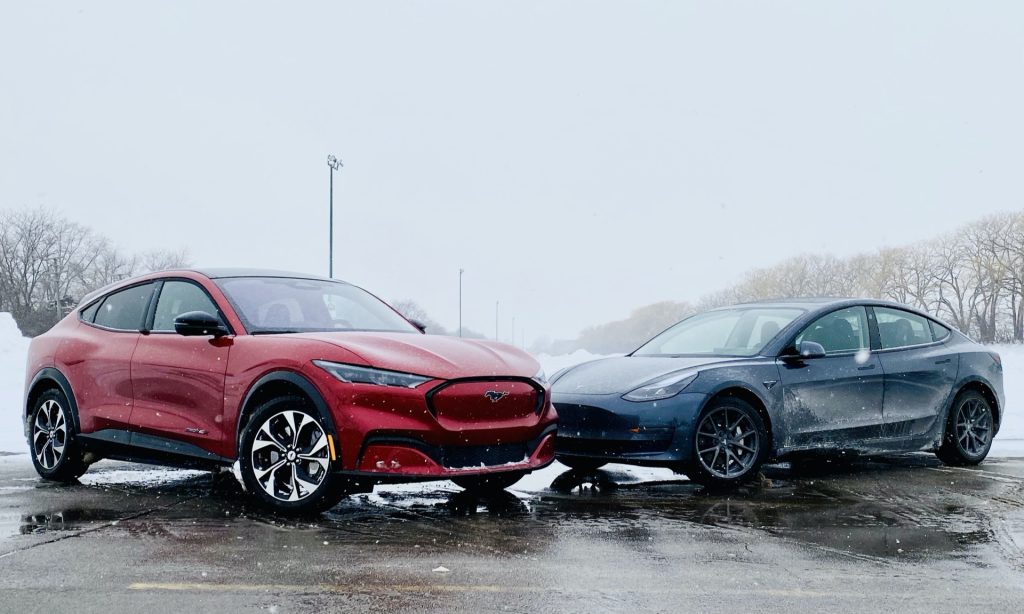Jeremy Vine should know better. Mike Parry is an english broadcaster and journalist, I do not know how good a journalist he was, but if he had given his answers in writing for a newspaper article, he should have been fired as it is all rubbish. Look below for a list of the myths and a short outline of the rebuttal (watch the video for the full information)
- Politicians invented the electric car as a half way house to getting rid of all cars- apart from the absurdity of suggesting that politicians (UK politicians at that) invented the electric car to help control us and get rid of cars is ridiculous. Apart from anything, the electric car was invented in 1832, so they have left it a long time. Furthermore, if politicians were putting their finger on the scales, perhaps they would have stopped combustion engines in the first place. we are unfortunately almost 200 years since the invention of the electric car and just 0.4% of worldwide cars are electric. In 1900 38% of cars were electric in the USA, it is only underhand behaviour that got rid of them (in the same way that the EV1 disappeared in the USA in the 1990s
- All electric cars require cobalt, and all cobalt is mined by children – obviously false. It is true that in artisan mining in places like the DRC child labour is involved, however more cobalt is used in de-leading petrol. In other words, the combustion engine market is requiring more child labour for mining the cobalt. Furthermore, being expensive, most if not all car companies have reduced or taken care to buy from the right places. Tesla has removed cobalt from its batteries entirely.
- “Batteries are heavy, electric cars twice the weight of combustion engine cars” – this is rubbish. The video could not find a single car park which had banned electric vehicles. Experts have suggested that heavy cars may require stronger car parks etc. however the simple fact is that all cars have got heavier. The Nissan quashqui is 1600kg, and while a tesla 3 is about 150kg more a bolt weighs less. Furthermore, given the move towards SUVs, the average car has got far heavier. No car park in the UK has banned electric cars from their whole car park (though some have banned from specific sensitive areas).
- On a similar vein, he suggested that tyres would get shredded into the air, and therefore create particulates. While all cars do slowly wear down, Kwik fit has found that tyres are lasting longer on electric cars. Also using the break pads less (regenerative breaking does much of the work) means less particulates from this, which is thought to produce the majority of the dangerous particulates in the air.
- Not enough chargers – It is true that it takes more planning to drive an electric car, however it should be remembered that the majority of people charge at home, while they sleep. As such far from having to wait for a charger, it takes less than 30 seconds when you get home to plug in, and 30 seconds to unplug in the morning. It is true that the situation is not the same for everyone – I drive a 2014 tesla, and charging on the go is incredibly simple. The video shows a supercharger stop with a long line of cars, but this is incredibly rare. The car knows when you need a charge, and if you are on a journey that will need a charging stop, it will place it on its route – given they are all their chargers, it also knows which chargers are in use, so generally will reroute you on, to a less busy charger. I think I have only waited for a charger once or twice in over 2 years of driving.
- Suck all the electricity out of the grid – this is just stupid. Apart from the fact that this is not how chargers work, Were everyone in the UK driving electric cars, their electricity demand would account for roughly 1/3 of UK electricity. While this seems a lot, it is far less energy which is consumed by combustion engines. Through simple time of use charging of electric cars, demand is moved to low use times, like the middle of the night. It is true that if there is 100% adoption, we will need a few more power plants (or indeed a few hundred more wind turbines). The fact of the matter is that while Mike Parry might believe that he is the first to come up with this issue, he is not, and mitigation is already in place. He suggested we would need 10 new nuclear power stations to run the cars.
- Largest lithium mine in peoples bottom drawer – this is simply stupid. The Tesla s p85d has 7104 batteries in it, so to put this in perspective, if every house in the UK had one of these in a bottom drawer, we would have enough batteries for 3998 tesla s. Even if we were generous, and said that all the cars were tiny with half the battery size, we are still talking about only 8000 cars. Given the UK has sold between roughly 2 million and 3 million cars each year (over the last few years) this means that we would have the batteries for between 0.33% and 0.5% of the batteries required – not to be sneezed at, but not going to make a big difference.
- Slow charge from a 3 pin socket – this story started talking about someone who bought an Ipace, and was bothered by the fact that its battery took 2 days to charge. Now, if you have jaguar money, you can easily buy a wall connector, which will charge your car overnight – in other words another issue. Of course it charges slowly from a 3 pin socket, an electric car does require a lot of power (moving people does require a lot of power) but far less than the alternative combustion engine car
- “the battery takes 45 minutes to charge and then 100 miles later bang its empty” – this is another absurd lie. Our car is over 10 years old, we still have 200 miles of range on our car. Do we ever charge for 45 minutes on the road? no, our average charge is perhaps 20 minutes. Shortly after buying mine, I drove to north-west Spain. Most of my charging stops were 10-20 minutes, and generally I was ready for a break. Have we had to change how we drive, well yes, because before a long road trip would only include stops to charge and go to the loo, however on that long journey, I was probably only stopped for an extra hour or so on what I might have stopped, and anyone wanting to eat on route or with children would have needed to stop anyway. It may well mean you have to stop at specific motorway rest-stops but this does not seem a big sacrifice. Now, here is one place where your choice of electric car is important. Should we buy another electric car at some point, we would look for another Tesla. This is because they are so efficient, they have fantastic range. If you have a car which can drive over 200 miles (many can do over 300 miles, the most recent tesla S can do over 400 on a single charge) how often will you actually have to charge on the go? I know there are people who do crazy drives across Europe (as someone who has in the last 15 years driven to Romania Sweden North west spain and Croatia) and therefore will drive more than 400 miles in a day, but it really is not a big hardship to pull into a rest-stop and go have a bite to eat (after all, most people at this point are on holiday).
A further misleading video came from Rowan Atkinson a while ago. As such, while I am writing this article, I thought I would include a dissemination of this video as well
- Electric car batteries only last 10 years – rubbish. Our car is 10 years old, and it has lost around 10% of its range. This still gives the car over 200 miles of range. It should be noted that the initial article stated that electric cars only last about 10 years, but it was changed to say electric car batteries last upward of 10 years. The article had another 4 big changes, which change what it meant – it is too late. Furthermore, even after taking them out of a car they then have a second and often third life.
- Greenhouse gas emissions when making electric cars are 70% higher than combustion engine cars (this was changed just 5 days later) – a Volvo stat produced for a COP in 2021. Unfortunately this figure does not take into account carbon payback (or improvements, which are reducing this extra carbon). The so called carbon debt will almost always payback long before the death of the car. Some payback periods can be as low as 6 months. Comparing a long range tesla 3 to a BMW 3 series, the tesla would have to drive 13000 to reach carbon equality, which took less than a year. On a cleaner grid ti can come as low as 8400 miles. If 100% of your electricity comes from coal power plants it takes around 78,000miles ( in other words during the lifetime). On a UK electricity mix, an electric car will emit around 1/3 of the carbon of a combustion engine car over the full lifetime of the vehicle from manufacture to end of life. I should note, that our car was already carbon negative compared to a combustion engine car when we bought. So long as the car lasts 7 years, its cost will also be lower than we would have spent on petrol over the same period
- the car park claim comes up again (look above to see my explanation as this came up in the last article).





